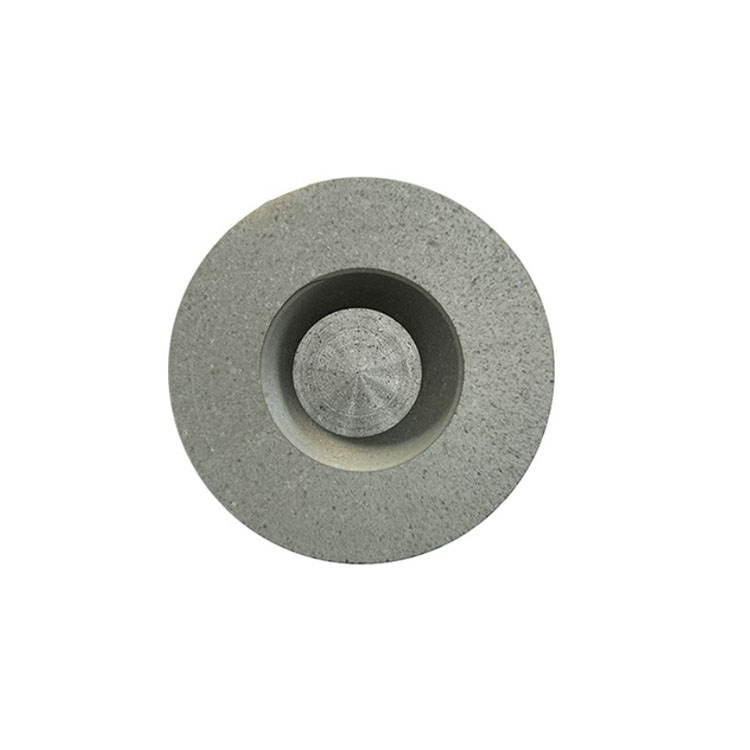
In the demanding environments of coke plants and steelmaking furnaces, choosing the right high-alumina refractory brick isn’t just about meeting a minimum Al₂O₃ percentage—it’s about ensuring consistent performance over time. While many suppliers tout “high alumina” as a selling point, the real differentiator lies in stability within the 30–46% Al₂O₃ range.
Al₂O₃ content below 30% typically results in poor thermal shock resistance—leading to spalling under rapid temperature changes common in blast furnace tapping or coking oven cycles. Above 46%, while strength increases, brittleness rises, making bricks prone to cracking during mechanical stress from slag erosion or handling.
A study by the International Journal of Refractories (2022) found that bricks with stable Al₂O₃ levels at 42% showed a 37% lower surface degradation rate after 1,200 hours of continuous operation compared to those with fluctuating compositions. This stability directly translates into longer lining life—often extending from 18 months to over 30 months in industrial settings.
| Al₂O₃ Range (%) | Key Performance Traits | Typical Use Case |
|---|---|---|
| 30–35% | Good thermal shock resistance, moderate wear | Coke ovens, preheaters |
| 40–46% | High durability, excellent abrasion resistance | Blast furnaces, ladles, reheating furnaces |
Many procurement teams mistakenly believe higher Al₂O₃ = better. But inconsistent composition—even if averaged above 40%—can cause premature failure. For example, one major steel plant in India reported a 25% increase in unplanned downtime due to uneven brick quality from a supplier claiming “45% Al₂O₃.” Laboratory analysis revealed variation between batches: some were 38%, others 48%. The instability led to differential expansion and eventual spalling.
This is where controlled manufacturing processes become critical—not just raw material sourcing. Our proprietary sintering technique ensures uniform Al₂O₃ distribution across every batch, reducing variability to less than ±1.5%.

For engineers and operations managers, this means fewer replacements, reduced maintenance labor, and improved safety margins—especially important in high-temperature zones where sudden liner failure can lead to costly shutdowns or even hazards.
Think of it this way: a 10% reduction in replacement frequency doesn’t just save on materials—it cuts down on downtime costs, energy loss, and risk exposure. In a typical blast furnace, that could mean $50k–$100k annually in avoided losses.
Stop settling for "good enough." Choose high-alumina bricks engineered for consistency—not just numbers.
Get Technical Data Sheets & Lab Reports →

